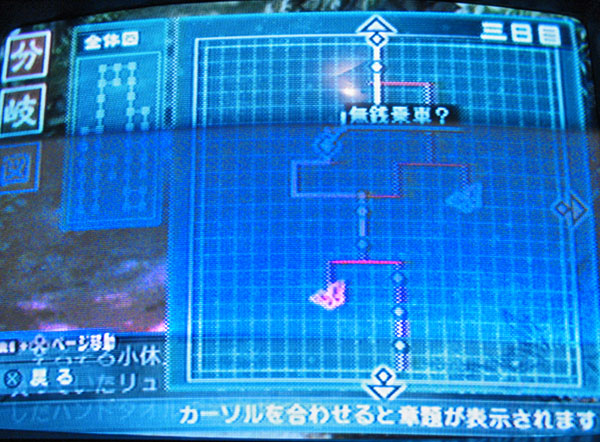How To...
A Guide to the Tools Necessary to Play the Game
How to Import and Play Japanese Games
Much to the dismay of their own customers, companies like Sony continue to take measures in preventing our enjoyment of game products from overseas. Fortunately, it never takes long for intrepid gamers to circumvent these region protections for any system.
In the case of the PS2, Akai Ito's platform, the easiest answer would probably be to buy a Japanese PS2 and a voltage converter. That is so very expensive, however...
The second option is to send your PS2 to a professional modder to install a mod chip, which will let you play English and Japanese games interchangeably without any hassle. Unfortunately, I do not (yet) know any such technicians to recommend. You should also note that this option will void the warranty on your PS2 (probably).
I went with the third option, which is likely to be the cheapest. The only thing you have to buy is a boot disc, like Swap Magic (Official Site). Be sure to shop around. You may also wish to buy a slide tool, but you can easily make one yourself. All you have to do is remove the CD cover, and you will not void your warranty. Those who have the new, thin PS2s can't use this method though.
Instructions for a typical PS2 (coming soon!)
Those who know good methods for importing not listed here, please e-mail me!
How to Use this Translation
First and foremost, it's almost a given that you want to be in a place where you can see the translation on your computer screen and the game screen at the same time. You can create such an arrangement in a number of ways. One, have the TV near your computer desk and play from your computer chair. Two, use your laptop or borrow someone else's. Three, play using the Akai Ito disc on a PS2 emulator that allows you to resize the window (?) and open the translation alongside it. People may be led to believe that there is a computer game for Akai Ito, but it is actually just a trial.
Now you just have to keep the translation in sync with the game as you play it. The game consists of voiced lines and unvoiced descriptive text. The translation is written somewhat like a play script, so it should be easy enough. Lines like this...
Kei: (text)
Should be easily identifiable as a translation of character speech. Whereas lines like this...
The culmination of hundreds of months and years, existing together with the wind and rain, a tremendous, remarkable tree drops its roots.
As if the other trees stand in reverent reservation for this one, the area around it is slightly open.
Zaa!...
At the passing of the wind, the flowers blossoming in the tree tremble faintly...
I remember seeing this landscape before.
...should be recognizeable as descriptive text. Please note the indenting. Indentations represent each new bit of text that displays on the game screen. Each new indent is where you push the button to display new text.
Keeping tabs on each indent of descriptive text, as well as which characters are speaking in which order (Make sure to memorize the kanji of their names!), should allow you to keep your place in the translation easily enough.
How to Navigate Through this Translation
Once all of the Akai Ito story is displayed on this site, there will likely be enough pages of voiced lines and descriptive lines to fill a trilogy of books or so, and I cannot simply tell the reader to "go to pg 547" or the like.
Fortunately, the game of Akai Ito, or at least the Superlite version I played, has an excellent system to keep track of where you are in the story. It's called the "bunkizu" or "divergence map" and it gradually fills in as you progress.

Eventually, you will have a criss-crossing bunch of red lines as shown above. The glowing white line shows your location in the story.
The story of Akai Ito is divided into scenes, so I am sectioning off my translation in the same way. Usually, a scene change is symbolized by a decorative fade-to-black effect, though not always. The scenes in Akai Ito are represented on the divergence map as diamonds. The ones on the glowing white line should be lit up, indicating the path you took through the story. Of course, the diamond closest to the end of the white line is the scene where you are located now.
On our site, we will provide a similar divergence map for navigation. In our case, the diamonds are links to the translations of their respective scenes on the site. So, locate the diamond for the scene you're at in the story, click on the corresponding diamond on our site, and use indentations and/or character speech order to relocate your position.
We'll display scene names in both English and Japanese, so you can check to make sure you're on the right one. (The Japanese name of the scene displays when you highlight a diamond with the cursor.)